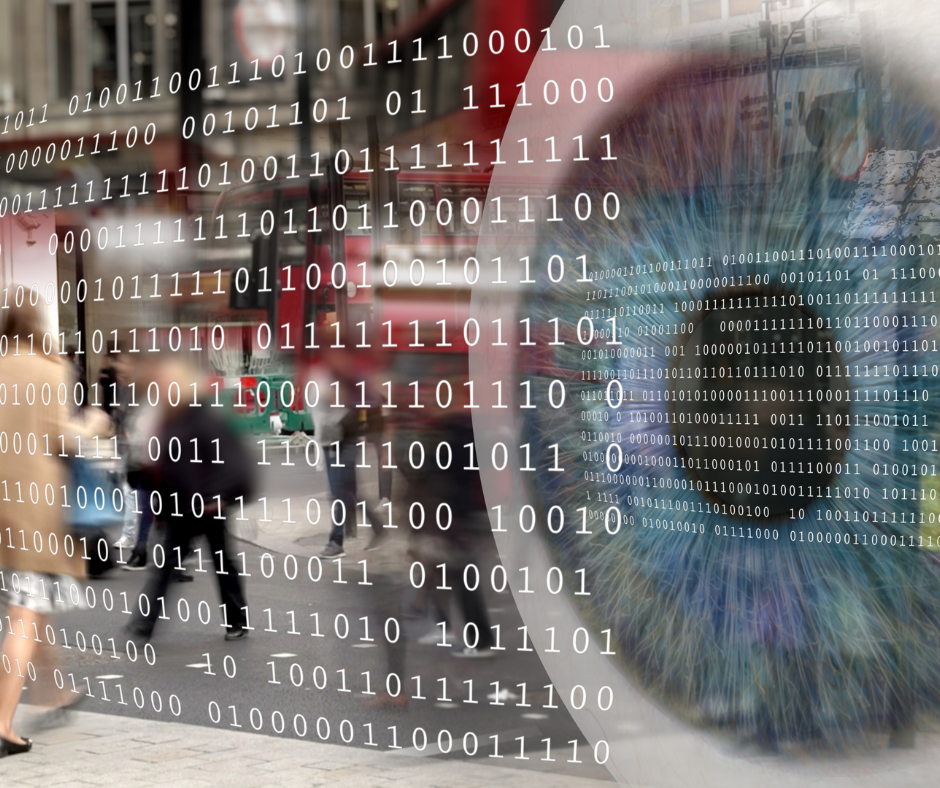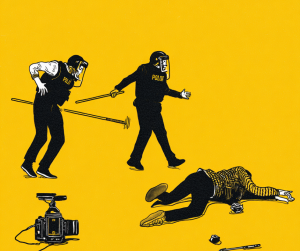A new investigation by BIRN, Glas Šumadija, Ozon press, portal 021 and Južni vesti reveals a network of institutions that in the previous three years procured invasive video-surveillance systems with the function of facial recognition – illegally
The next time you ride in one of the 200 buses of the Public City Transport Company Novi Sad, remember that the cameras above your heads are not just ordinary video surveillance. The recordings from them are sent automatically central software which has the ability to recognize faces and save up to a million person profiles, reveals new BIRN investigation.
According to the experts they spoke with, such a form of biometric surveillance is not allowed in the current legal framework of Serbia. However, that doesn’t stop anyone from introducing it and, it seems, doing so on an ever-increasing scale.
That’s why a group of media – BIRN, Glas Šumadije, Ozon press, portal 021 and Južne vesti – decided to search all public procurements in Serbia and determine which state and local institutions bought equipment that enables facial recognition, for what purposes and with what explanations.
Kindergartens, dormitories, markets, public companies, cultural institutions…
This research is a continuation of BIRN’s project from 2024, when the analyzed purchases were carried out until 2020. Then it was discovered that biometric surveillance systems, although legally unregulated, were procured for dozens of schools, kindergartens, student dormitories, markets and public companies throughout Serbia, including institutions such as the National Library of Serbia, the Gerontological Center Belgrade and numerous municipal services. It was also shown that equipment with the ability to recognize faces was often installed without any assessment of the impact on the protection of personal data, even where the law expressly prohibited it.
The new research covers the period from 2022 to the end of 2024. For the analysis of data from public procurements, the program “TenderSpy” was developed, specially created for this and similar researches, which automatically, according to the given keyword, searches for technical specifications, in this case terms related to biometric surveillance, from common terms such as face recognition to improvisations such as face recognition, face search or human face recognition – which are all terms that we found in documents related to public procurements.
During the months-long investigation, more than 30 such purchases were located, after which journalists sent 32 requests for access to information of public importance. Complete responses were submitted by 22 institutions, while 10 completely ignored the requests.
The analysis carried out as part of this research shows that biometric surveillance in Serbia is spreading more than before, more systematically and covering a wider range of institutions. Cameras and software with the ability to recognize faces are no longer limited to schools, dormitories and public areas, but are now being installed in hospitals, prisons, cultural institutions and utility companies.
Mass surveillance network
Public procurement shows that in many cases equipment is purchased that supports facial recognition, even when institutions claim that they do not use this function. In most cases, there are no traces of conducted data protection impact assessments, while some institutions do not even admit that they have biometric systems.
Experts warn that an infrastructure is being created that could grow into a network of mass surveillance – not through one “big brother”, but through dozens of small, locally connected systems.
Compared to the 2024 survey, the volume and variety of institutions procuring such technology has grown significantly. The procurement structure has also changed: instead of individual cameras, integrated systems and software that can combine multiple databases and locations are now increasingly being procured.
You can read the entire BIRN research on this link.
Source: Vreme




